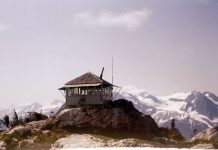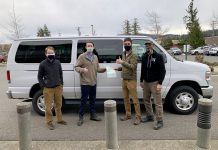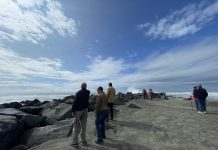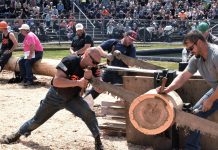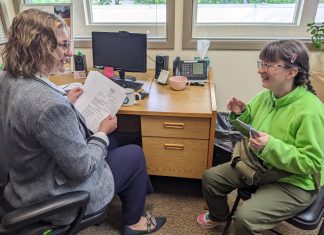Many have asked, “What in Sam Hill?” Road builder Samuel Hill (1857-1931) did not originate this phrase, despite the rumors he enjoyed spreading to reporters in life. But he did originate the Maryhill Stonehenge, Whatcom County’s Peace Arch, and the beginnings of the Washington state highway system we know today.
Born in 1857 to Quakers in North Carolina, Sam Hill undertook numerous business ventures before driving the Good Roads Movement. This Progressive reform sought to improve rural roads, which were largely dirt or gravel outside of cities. Sam Hill founded the Washington State Good Roads Association in 1899 to advocate for state funding of highway construction. He reasoned that the country would prosper if farmers could access cities and rail connections to market their goods.
Sam Hill’s other ventures included representing the Great Northern Railway as a lawyer, competing with utility companies unsuccessfully, and traveling the world. In 1907, he settled Klickitat County’s Maryhill community — named for his wife and daughter, although neither lived there. But much of his present influence rides on the roads he built between nations, physically and spiritually.
Inroads with Good Roads
Sam Hill famously wrote, “Good roads are more than my hobby, they are my religion.” His ultimate dream was the Pacific Highway: a “Great Highway from Canada to Mexico,” completed in 1923 after over a decade of planning. The Good Roads Association’s first major victory came in 1905 when they persuaded the state legislature to establish the Washington State Department of Transportation.
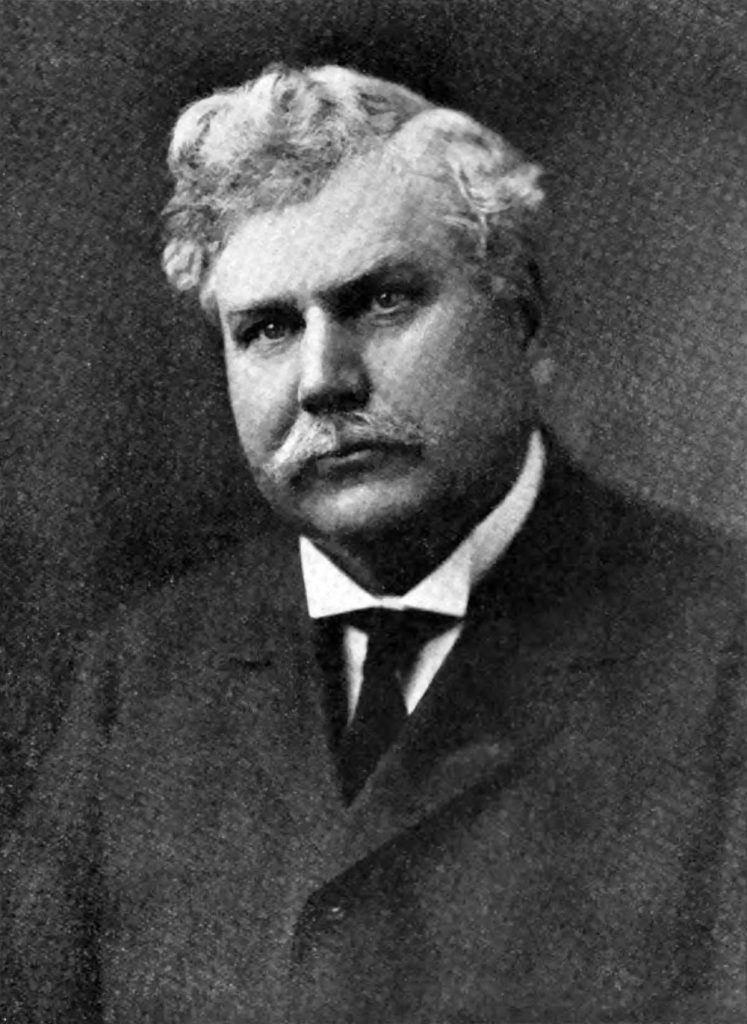
Hill took his Good Roads advocacy on the road, speaking at expositions across the nation — including Birch Bay Chautauqua. In 1909, he established a Good Roads building at the Alaska Yukon-Pacific Exposition, endowed a University of Washington chair in highway engineering, and built 10 miles of experimental road in Maryhill. Today’s Maryhill Loops Road was the state’s first asphalt road and demonstrated the effects of different road surfaces.
From 1909 to 1917, Hill continued his utilities business in Oregon and brought his Good Roads advocacy there. His Maryhill road inspired the 1913 construction of Oregon’s Columbia River Highway. Hill also advocated for good roads in Japan and Japanese-American friendship during his international travels.
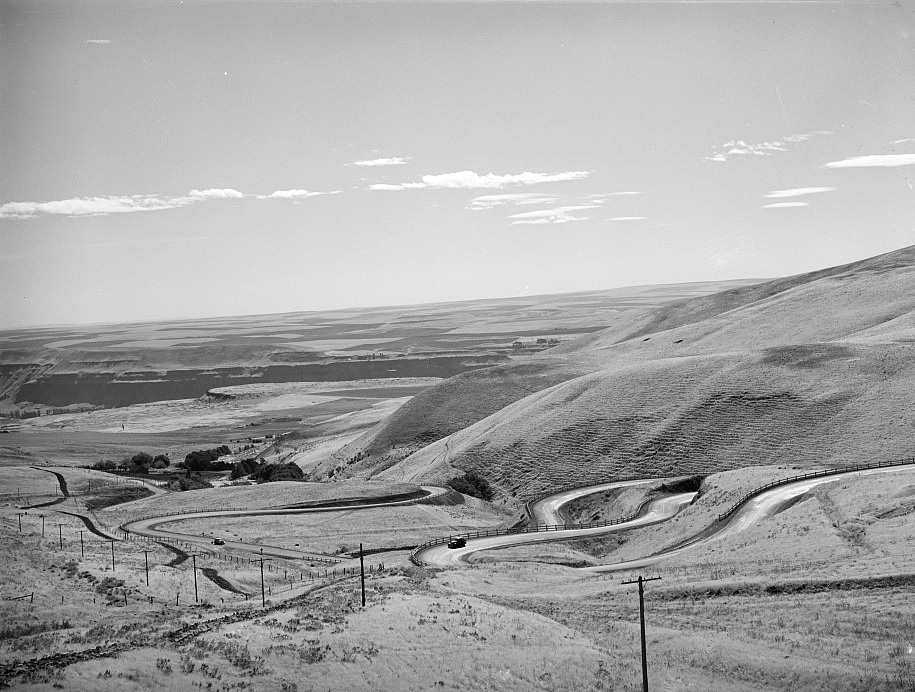
The state legislature did not initially maintain the roads they funded. These included a portion of Chuckanut Drive — soon the route to Washington’s first state park, named Chuckanut State Park in 1915 and Larrabee State Park in 1923. By 1964, three decades after Hill’s death, state highways started following the present-day numbering system.
Projects for Peace
Sam Hill’s famous monuments reflect his lifelong pacifism. In 1921, he built the concrete Stonehenge replica in Maryhill to commemorate soldiers from Klickitat County who died in World War I. Following the (now-obsolete) theory of Stonehenge as a sacrificial site, Hill intended the monument to symbolize how “humanity is still being sacrificed to the god of war.”
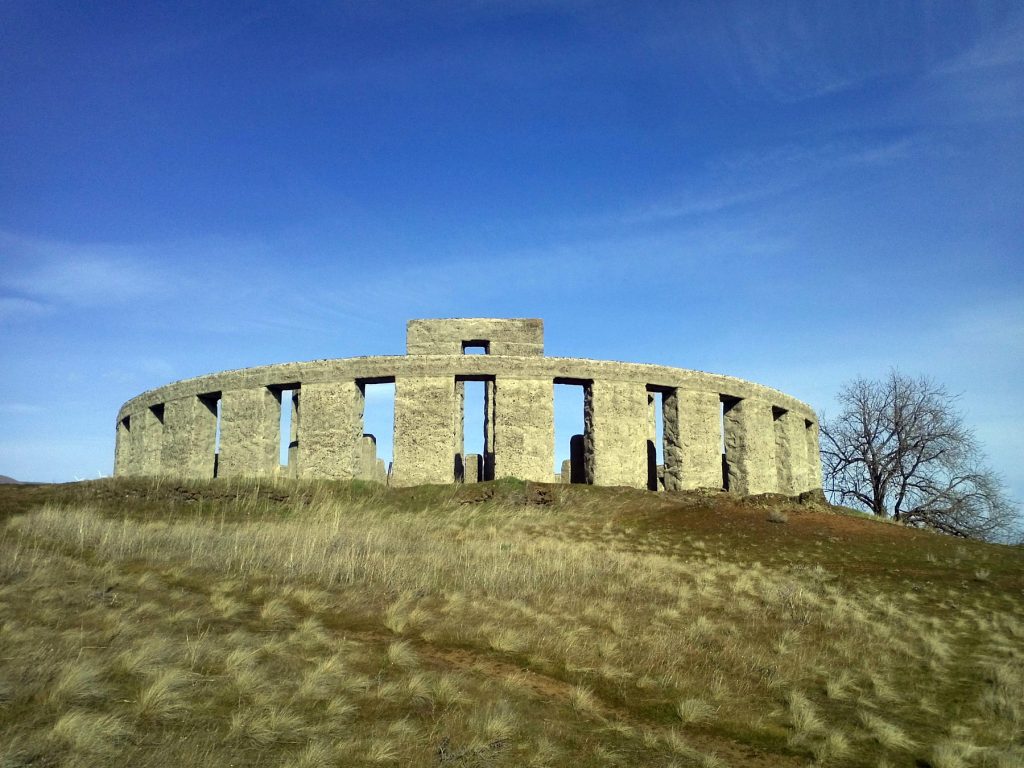
In 1921, Hill created an international symbol for peace. The Peace Arch commemorates 100 years of peace between the United States and Canada since the 1814 Treaty of Ghent. Hill envisioned and fundraised for the monument at the Pacific Highway’s border crossing.
From 1925 to 1927, Hill also constructed Semiahmoo Club adjacent to Peace Arch on the Canadian side. He envisioned a resort that Americans could traverse by Pacific Highway, Great Northern Railway, or Drayton Harbor. Hill built a clubhouse-style restaurant that served alcohol — legal in Canada during U.S. Prohibition — and the 18-hole Peace Portal Golf Course.
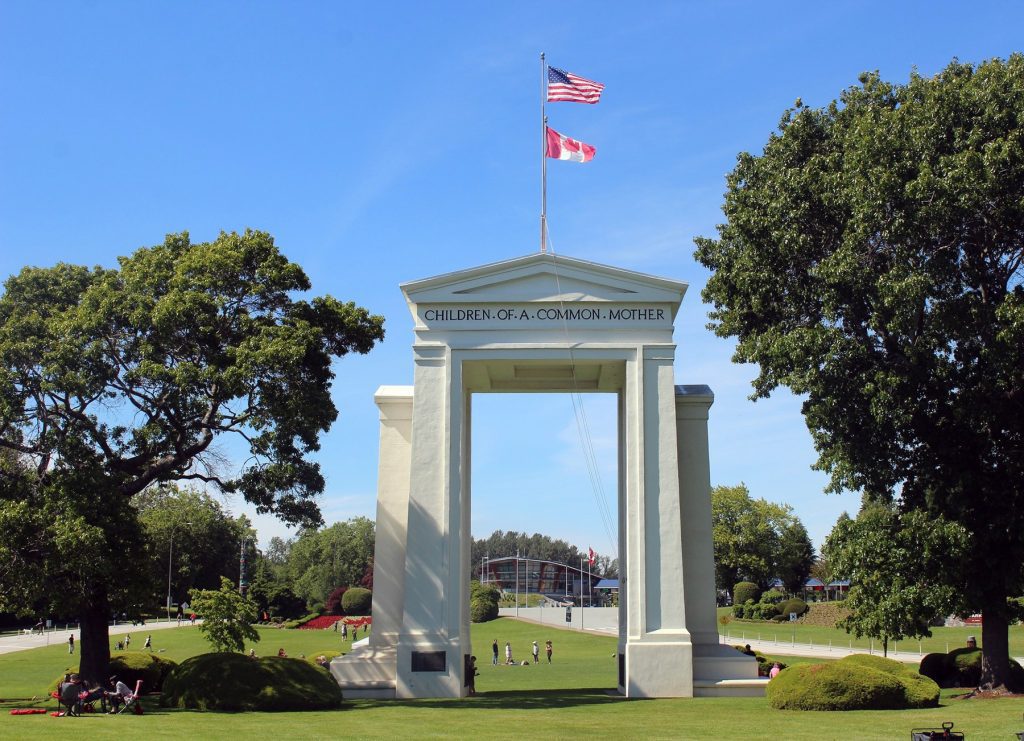
Despite or perhaps because of his varied business ventures and misadventures, Hill had a troubled personal life. His wife, Mary Hill, lived apart from him with their children since 1900, and their daughter Mary was institutionalized for mental illness. Biographer John E. Tuhy speculated that Hill himself had manic tendencies, viewing himself as a disappointment to his father-in-law and business partner James Hill. But his works survive today as testaments to a mind that persevered with convictions for peace and prosperity.
Legacy of Sam Hill in Maryhill (and Whatcom)
Sam Hill’s ashes were entombed in a monument of his own design by Maryhill Stonehenge in 1931. He had not lived to see the Maryhill Museum of Art open publicly in 1940, but it managed his estate. The museum uses Maryhill Loops Road for private motorist events today, and nearby Sam Hill Memorial Bridge is named in his honor.
Interstate-5 has largely replaced the Pacific Highway since the 1960s, realizing dreams of a fully paved transnational route. In Whatcom County, Peace Arch has remained an international touchstone for another hundred years of peaceful United States-Canada relations. It has inspired new demonstrations for peace, most famously Paul Robeson’s 1952 concerts attended by over 25,000 people. The Hills at Portal Golf Club has also continued since originating as Peace Portal Golf Course.
In more ways than one, Sam Hill and the Good Roads Association paved the way.






